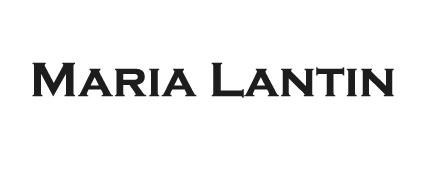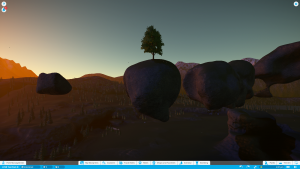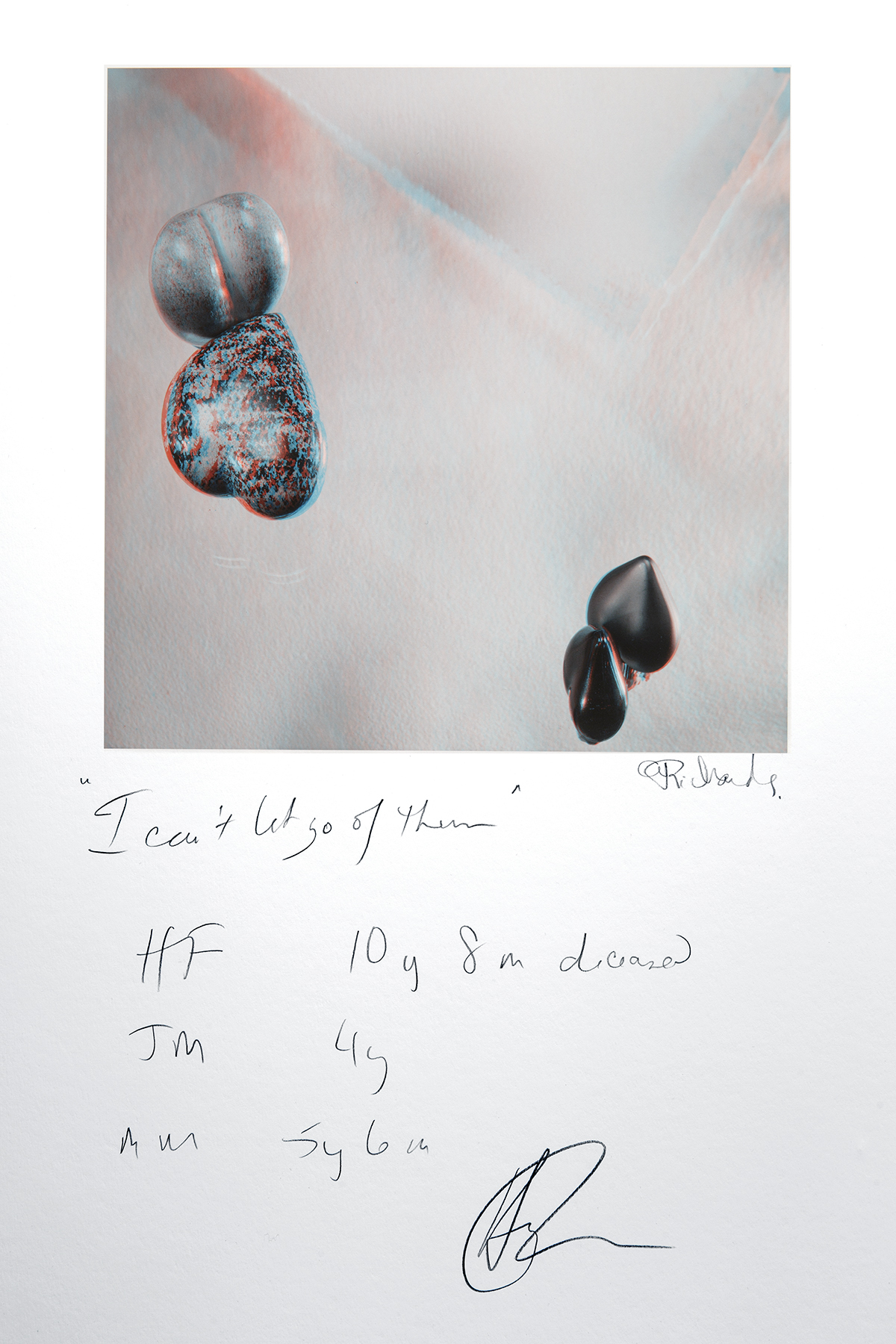December 19, 2016
In
Musings
By
mlantin
As I’ve told many recently, I just finished re-reading Neil Postman’s “Amusing Ourselves To Death.” This was prompted by two things: the U.S. election and the resulting shock to truth, and by a serendipitous encounter with an interview of Andrew Postman on CBC.
The book impacted me much more on a second read for many different reasons. On a first read, I was still very much implicated in a culture of books. I was in University and still typing my essays, though this would change very soon when I switched into Computing Science as a major. I did not have a television and globalization would not start to become an anxious topic until at least eight years later when the possibility of knowing your thesis topic got scooped by someone halfway across the world became a reality and a going concern. So this was a different time. Pre-Web. Pre-Social Media. Postman anticipated all of it. I think he would have been delighted by Twitter as a revival of telegraphy. A full circle of the death of depth.
Postman wrote his book in reaction to the epistemological shift brought on by television. This wave continued with the introduction of the World Wide Web technology and the media that it favours. We now sit on what seems like another push towards fewer words and more images. Mark Zuckerberg himself anticipates that video and image will be the dominant mode of communication, saying that within five years Facebook will contain only videos and claiming that “it helps us digest much more information.” He is a child of his time, adapted to what information has become.
Virtual Reality, tellingly invested in spectacular fashion by Facebook and Google, now promises to surround us with image. To merge us with information as it is currently valued. We have doubled down. We want to be in it fully with no separation. Surely this is the coming of the promise of “I know Kung Fu” of the Matrix.
And this is where I see a paradox. Here we are at this moment where we want to merge with information and yet are at the height of self-deception. The desire may not be so much to see everything clearly, but rather to live more fully in the castles we build in the sky. Don’t get me wrong, I am absolutely enamoured with virtual reality. When I donned the Rift headset in 2013 I knew it would be the future. It is the ultimate lucid dream on demand. I see even more promise in augmented reality where the virtual and material will be merged on an everyday basis. What I’m concerned about is the trajectory of the medium of virtual reality. What conversations it will enable. I’m very curious about this moment in time where we have the emergence of a new medium at the same time as a loss of faith in our ability to identify anything as truth.
Here is the thing about humans: we are extremely uncomfortable with uncertainty. Apparently we would rather have predictable physical pain than uncertainty which makes sense when you think about it. Knowing what’s coming means we can brace. We are now living in very uncertain times, more so every year. Or so it seems. Postman’s read on the telegraph was that it made the world smaller but filled it with irrelevant non-actionable pieces of news. That trend continued to the point that we have a “now this” practice of going from one piece of non-actionable horror to another, and back to the weather. A system filled with that kind of noise, especially if it’s peppered with outright deception, will soon feel more uncertain than what is practically the case. Most people get their news from Facebook which has a bivalent culture oscillating between Leave It to Beaver and outrage, and is by now known to be a quite notorious echo chamber. It is telling, this mirror we’ve created. Ironically, we’re caught in this Funhouse precisely because we want to reduce uncertainty. Tell me lies, tell me sweet little lies.
So here we are in a moment where more than ever we need to see the world more clearly and when the Funhouse music stopped and we heard unfamiliar voices. There is a desire to not be caught unaware again. And yet, we will be. That is the nature of a dynamic world. We don’t need more information. We need a willingness to look more broadly and more closely even as we are afraid.
A new technology like virtual and augmented reality will become a medium for new kinds of conversations. What is it likely to look like? Here are the questions that Neil Postman posed about the written word and television in “Amusing Ourselves to Death”:
What are the implications for public discourse of a written, or typographic, metaphor? What is the character of its content? What does it demand of the public? What uses of the mind does it favour?
What is television? What kinds of conversations does it permit? What are the intellectual tendencies it encourages? What sort of culture does it produce?
Can we start to answer these questions for VR and AR? In what follows, I will speak more towards AR because I see this as the more widespread technology in the future.
What are the implications for public discourse?
One of the things that Postman didn’t mention, and perhaps couldn’t yet be perceived then, is the “feeling” of swimming in tidbits of information. The feel of the zeitgeist comes through from the chorus of voices as a tantalizing manifestation of community, something we all crave. That’s not a discourse but it is a ground for discourse. What AR brings back is localized information as physical spaces are tagged graphically and sonically. With an increase in serendipitous local information, we could see a surge of interest in the development of public spaces and policy, especially if there is transparency in how decisions are made and clear influential avenues of contribution. Potentially the public could encounter itself asynchronously in an extended discourse about local issues and could be given immediate ways of contributing. Oscar Boyson’s mini-doc on the Future of Cities points to the enthusiasm for local solutions. Paul Bloom in conversation with Sam Harris points to the greater rationality of people in local situations (as opposed to national), because the stakes appear higher. It is obviously a kind of human pathology that we fall into these false dichotomies, and Harris has written a lot about this in his book The Moral Landscape, but in the case of augmented reality we could perhaps take advantage of the locality of information to promote deeper and more genuine dialogue.
We could also see pollution of the space with advertising and divertissements of all kinds. Which is more likely, or in what proportion? I think both will happen. My intuition is that we will see a return of oral culture, so the visual pollution won’t be as prevalent as it currently is online. Still information pollution doesn’t take sides when it comes to media. Whatever happens, we will still need to be literate and critical.
There is the tricky question of who owns the virtual space and its contents. As we saw with Pokemon Go, a free-for-all is not appropriate. If I own or rent a space, do I also have control over its augmented space? Are some places completely restricted? What happens to civil disobedience in public and private spaces? And where is all this information stored? So far we have relied on big private companies like Facebook and Google to share and disseminate information. Do our local public bodies have the infrastructure to store and manage public discourse in augmented space? This will be key to a relevant, trustworthy, and free public discourse.
What is the character of its content? What kinds of conversations does it permit?
There is a good chance that much of the AR content will be oral, delivered via chatbots. There are a couple reasons for this. One is that we tend to care a lot about outside space and visual pollution will probably not be a popular option. Text in particular is very cumbersome in virtual space, aesthetically and functionally. The second is that the everyday is social, dominated by spoken conversations. It is our preferred mode of interaction and remains a touchstone of trust and relationship building. As we integrate information spaces with physical spaces, the social everyday will be a mode to contend with. For example, if I’m approaching a new proposed development site, a chatbot avatar may become available to converse with me about the proposal and show me variations on the designs. As I speak to the bot, it takes my input and adds it to a feedback pool that will be used to synthesize new responses and perhaps new designs. Other less involved ways of giving feedback will also exist such as gestural interfaces to choose one thing over an other as we walk by.
I am enthusiastic about the increased level of movement we will have as we interact with information. This alone will alter our ability to process information deeply. If I could go for a walk with a Lee Smolin chatbot, I would. And I would feel the information more deeply than by just reading his books, especially if there were dialogue and interactions that included drawings and animations. In this way, not only does the information feel personal, it is also embodied.
It’s easy to see how wrong this could go with an overpopulation of chatbots vying for our attention — an army of virtual salespeople. Chatbots could easily be biased, as dangerous as fake news. Without getting in too deep in the ethics of AI, it’s fair to say that McLuhan’s “the medium is the message” keeps haunting us. If a chatbot delivers a message convincingly with all the markers of a conscious mind with an intentional stance we recognize, there is room for manipulation.
There is also likely to be many channels of augmentation to choose from: entertainment, public art, education, history, civic engagement, friends and family, etc. I think the main idea is that localized information provides new means of curation and discernment.
What does it demand of the public?
Like any medium it demands attention and literacy. The attention economy will not abate anytime soon so we will still have to be vigilant with our gaze. In comparison to our current means of accessing and contributing to knowledge, augmented reality is likely to be less taxing on the body because it will not require hours of sitting at a laptop or glancing down at a small phone screen. It will have fewer barriers to in-person interaction and in fact may enhance in-person interaction by being able to share information layers more seamlessly.
It will require renewed oratory skills. The role of narrative and persuasion will be greater. In response, we will need to develop good listening skills and body literacy. I am reminded of Postman’s description of the long (8-10 hours) of debates between Lincoln and Douglas. It is hard to imagine people having the skill to listen attentively for that long. Body literacy has waned in recent years because of the disembodied way we access and contribute to knowledge: talking heads, snippets of text, quotes on images, etc. We are likely to see a renewed emphasis on the performative as augmented reality takes hold.
It will demand more knowledge of and involvement with local issues. This falls out of the visibility of the needs within the city as information is localized.
What uses of the mind does it favour? What are the intellectual tendencies it encourages?
My hope is that it favours collaborative problem solving by getting us more physically involved with information that has live counterparts and real perceivable consequences.
What sort of culture does it produce?
Augmented reality is likely to produce a more visible and engaged local culture, with sharing happening in bigger chunks across cities. It has the potential of creating a more playful and therefore creative culture. Engagement with consequence reduces fear by creating a more responsive and trustworthy environment. While I admit this is an idealistic stance that will require many political changes and investment in public infrastructure, there is a clear path to that future. Recent discussions around basic income point to a future where work may be redefined as just responsive action — “doing the needful” as they say in India. Augmented spaces could facilitate that.
The dystopian possibilities exist and have been starkly illustrated in this imagined future of hyperreality. I don’t think this is where we’re headed. We are up against a culture of fear and that is not a small thing. Besides the personal work it takes to individually gain some confidence in the face of uncertainty, we need to reinstate the importance of the local to build confidence in our ability to effect change. It’s a step by step approach to widening our influence and taking part in the conversations that will rebuild trust in our own perceptions.








